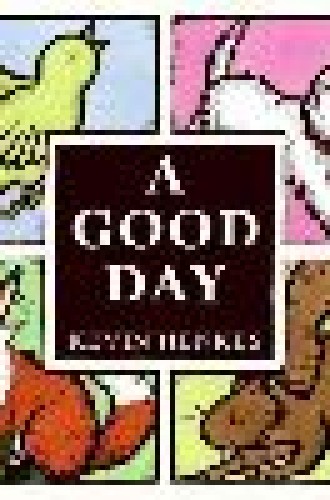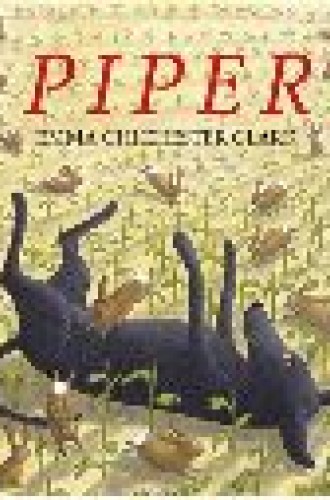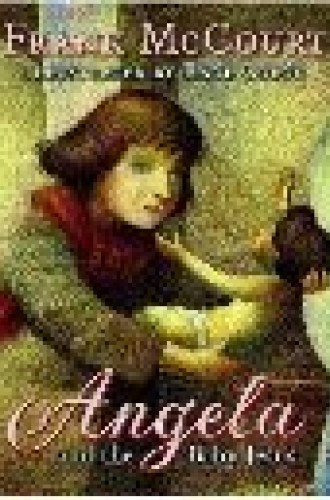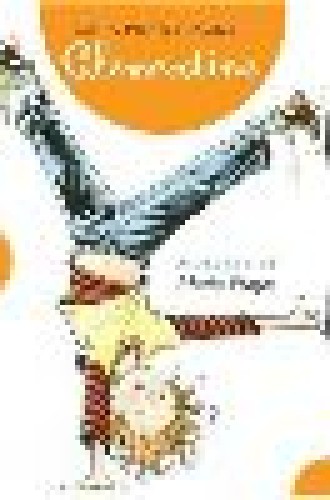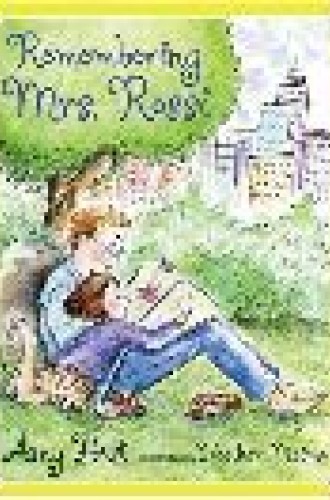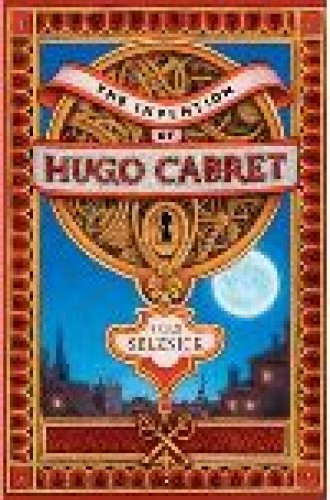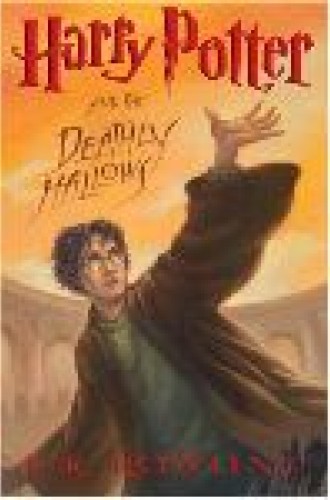CC recommends
For under-six-year-olds:
Henkes observes the changes that occur over one day to four animals living in a little girl’s backyard. Sometimes it’s only the smallest little thing—a falling feather, a tangled leash—that changes. Henkes’s luminous watercolors say to readers, young and old: be patient. Sometimes a tiny change makes all the difference.
A fox born in the spring learns from his parents what he needs to live on his own. He’s as eager as any child: “When will I be ready?” We feel the strong patience of the parents’ teaching in the context of a stunning world of intensely hued blues, greens and ruddy browns.
Trixie is eager to take her favorite bunny to school, but she never dreams that another little girl there might have the same bunny. Well, not “just the same,” as we learn through a mix-up requiring an early-morning exchange of bunnies by weary parents. The collaged characters against the photographic backgrounds offer lots of visual detail and fun.
Piper is a dog whose mother sends him off from the litter with advice about obeying his master. His first master is vicious, and when he asks Piper to “take care of” the rabbits in the field, he doesn’t really mean that he should play with them. Eventually Piper escapes and finds in a big city the loving owner he deserves.
Telling an incident from his mother’s childhood, McCourt reveals once again his ear for Dublin’s language and for family dynamics. Little Angela thinks the Baby Jesus in the parish crèche looks cold, so she takes him home. This leads to some unexpectedly warm episodes as she and her brother tangle over the management of Baby Jesus.
It’s World War II, and Frances and her mother are struggling through a Christmas alone. Frances watches out their apartment window at the organ grinder and his monkey, and when it snows she wonders where they sleep. She asks them to her Christmas pageant, and feels from the inside what it’s like to share tidings of great joy. Ibatoulline’s golden atmospheric pictures capture the warmth of community in the cold twilights of winter.
For under-10-year-olds:
A third-grader in the great tradition of Beverly Cleary’s Ramona, Clementine is eager and energetic and doesn’t always find the right words or see the world as adults do—as when she “helps” a friend cut her hair. (This is the second “Clementine” book, and another is expected next year.)
A family leaves for vacation on the grandparents’ farm. Everyone in the family has a different dream of what it will be like, and the children are given disposable cameras to capture some memories. This really is a picture book for older children, who can observe all that’s going on in pictures and in words—sometimes not quite the same story—and come to realize that the best memories aren’t always the ones you can print.
For ages 10 and up:
Eight-year-old Anne’s mother, a teacher, had a bad cold. No one expected her to die. But she did, from sudden, intense pneumonia, and Anne and her father are left to patch their lives together. Hest takes a delicate but not sentimental look at just how difficult that is. Mrs. Rossi’s former students must deal with their own grief, which they do in a memorial book that tells their stories.
Tutus on the infield? What can be happening in this small Mississippi town? A historical pageant, endorsed by “the mothers” and run by a 12-year-old girl with Hollywood ambitions, conflicts with the baseball team’s only chance all year to play a team from outside the county. Their star pitcher, getting over a broken elbow, is staying up late nights reading Treasure Island to a dying man the rest of the town calls “Mean Man Boyd.” Throw in some Walt Whitman and Ted Williams and you have a funny read-aloud about baseball, America and the deeper meanings of “home” plate.
Gratuity Tucci (she’s become accustomed to being called “Tip”) must deal with an invasion of aliens (who learned English from watching TV shows like I Love Lucy), a missing mother and a runaway alien who’s named himself J. Lo and wants to help Tip find her mother. The form of the book is a long essay submitted by Tip for a schoolchildren’s National Time Capsule essay contest.
Orphaned Hugo lives with his uncle (who soon vanishes) in an apartment inside the walls of a Paris train station in the 1930s. Their job is to care for the station’s clocks. Hugo’s late father was a clockmaker who had become fascinated with a collection of automatons at a museum. The plot eventually provides an elaborate link between the automatons and the early film industry. Hugo must venture out into the world, where he becomes involved with a family that keeps a station shop and follows clues that his father left behind. The form of this mystery is remarkable: part of the story is told in pictures and part in words. (Selznick has worked as an illustrator.) The larger story explores the way that imaginative goals—making the invisible visible and making pictures move and speak—draw out our identities.
The conclusion to the seven-volume Harry Potter series is deeply satisfying—it’s a stirring and thought-provoking exploration of the idea of sacrifice. Harry, Ron and Hermione engage in a long hunt for magical pieces of the puzzle, and Rowling proves that she can keep the suspense alive even when a school year at Hogwarts is not involved.
More recommendations:
Books on theology
Books on spirituality
Memoir and biography
Fiction books
DVDs
Classical music
Pop Christmas music


